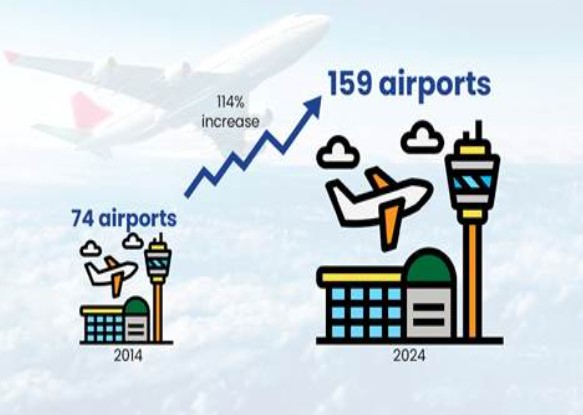7667766266
enquiry@shankarias.in
Mains: GS II – Government Policies and Interventions for Development in various sectors and Issues arising out of their Design and Implementation
Recently, The Department-related Parliamentary Standing Committee on Transport, Tourism and Culture, led by MP Sanjay Kumar Jha, presented its 380th Report on the 'Overall Review of Safety in the Civil Aviation Sector.
